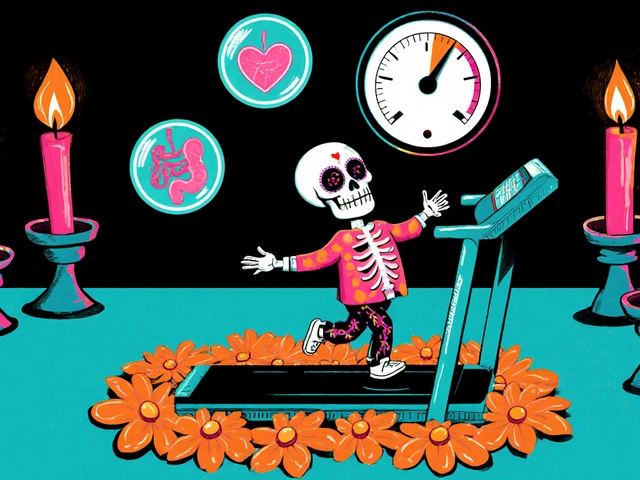Diltiazem HCL vs other calcium channel blockers: what to know
Here’s a blunt fact: not all calcium channel blockers work the same. Diltiazem HCL sits between two groups—it slows the heart and relaxes blood vessels. That mix makes it useful for certain heart problems where other drugs aren’t ideal.
How Diltiazem works and when it helps
Diltiazem is a non-dihydropyridine calcium channel blocker. That means it reduces how fast the heart beats and how strongly it contracts, while also lowering blood pressure. Doctors commonly use it for angina, high blood pressure, and to control heart rate in atrial fibrillation. If your main goal is to slow the AV node (control fast heart rates), diltiazem is a logical choice; amlodipine or nifedipine won’t do that.
There are immediate-release and extended-release forms. Extended-release lets you dose once daily with steadier control, which many patients prefer for blood pressure or long-term rate control.
How it stacks up against other blockers
Compare diltiazem to dihydropyridines (amlodipine, nifedipine): those mainly dilate arteries, lowering blood pressure but often causing leg swelling and reflex fast heartbeats. They’re great for isolated high blood pressure and some types of angina but won’t help slow a rapid heartbeat.
Compare diltiazem to verapamil (another non-dihydropyridine): verapamil typically slows heart rate more and can cause more constipation and stronger drops in heart function. Diltiazem tends to be gentler on the gut and slightly less likely to cause pronounced bradycardia, but it still lowers heart rate and can reduce pumping strength.
Which one you pick depends on your problem: need rate control in atrial fibrillation? Diltiazem or verapamil. Need blood pressure control without affecting heart rate? A dihydropyridine like amlodipine.
Be careful if you have heart failure with reduced ejection fraction: non-dihydropyridines reduce contractility and are usually avoided or used cautiously in those patients.
Watch for interactions: diltiazem blocks CYP3A4. That raises levels of some statins (like simvastatin) and certain other drugs. Combining diltiazem with beta-blockers increases the chance of very slow heart rate or AV block. Avoid grapefruit—it boosts diltiazem levels.
Common side effects are slow heart rate, low blood pressure, dizziness, headache, and peripheral edema. Constipation is less common than with verapamil but still possible. If you feel faint or notice very slow pulse, call your doctor.
Practical tips: start at a low dose and increase slowly, check heart rate and blood pressure after dose changes, tell your provider about all drugs and supplements, and prefer extended-release forms for steady control. If your main issue is leg swelling and you don’t need rate control, a dihydropyridine may be a better fit.
This month’s post goes deeper into real-world uses, side-effect rates, and when doctors switch from one class to another. Read the full article for patient-friendly examples and dosing notes if you want to compare specific drugs or talk with your clinician armed with the right questions.

This article delves into the differences between Diltiazem HCL and other calcium channel blockers. It offers insights on their uses, benefits, and possible side effects, aiming to help readers make informed decisions about their heart health treatments.
Chris Gore May 11, 2024




